Coordinate appointments, care, and follow up
Summary
Coordinating a loved one’s appointments, care, and follow-up can be a bewildering task. This article offers several effective ways to optimize care coordination, including using features of the Maia Care app.
Coordinating care
Coordinating a loved one’s appointments, care, and follow-up can be a bewildering task. Even someone who is relatively healthy can have a seemingly endless series of appointments with their family doctor, specialists, pharmacist, physiotherapist, and so on. Most of these appointments come with follow-up actions such as changes to care routines or medications.
In addition to arranging for access to health care information, it’s important to take notes during appointments and have a dedicated space for logging care notes and for scheduling. The Maia Care app can help with both of these.
Arrange for access to information
Coordinating a person’s medical appointments and care starts with having access to information about their health situation. Caregivers generally have no legal right to know even the most basic things about their loved one’s medical situation. This is because of the Health Insurance Portability and Accountability Act’s (HIPAA) Privacy Rule. It states that medical professionals, health providers, and mental health professionals must keep almost all a patient’s information private unless the patient gives permission for others to know it.
For the caregiver to be able to talk directly to doctors and other health care providers about their loved one’s condition, test results, and so on, the loved one needs to give each provider permission to disclose this information. The Privacy Rule says they can do this simply by telling the provider that it’s okay, or even by not objecting if the provider is talking about the medical situation in front of another person. However, many medical providers require the patient to sign a HIPAA form—usually called a HIPAA release or HIPAA waiver—that gives them written permission.
To coordinate the person’s health care effectively, at least the primary caregiver will usually need permission to access all medical and health care information. Family caregivers are not bound by the HIPAA Privacy Rule. They can disclose the information of the person receiving care to other members of the caregiving team as they see fit.
Take notes at appointments
Taking notes at all appointments and procedures is a key step in coordinating care. It serves several important purposes. First, it takes pressure off both the caregiver and the person receiving care to remember what was said: names of medications, side effects, next steps, the symptoms and stages of an illness, and so on.
Secondly, taking down the information will draw the caregiver’s attention to anything they don’t fully understand about what the medical or health care professional has said, so they can ask for clarification at the time. This saves the time and trouble of guessing afterwards or having to call the office and ask.
Thirdly, taking notes gives the caregiver a record to share with the other medical and health care professionals of the person receiving care. It is wise to assume that the various doctors and other health care professionals working with the person receiving care are not communicating with each other.
The key takeaways from each appointment should be entered into the Care Notes section of Maia Care. Follow-up appointments should be put in the Maia Care Events calendar.
Use the care notes and event resources in Maia Care
A daily care log is necessary for successful coordination and follow-up. The Care Notes section of Maia Care should be used to log observations and care information. Each person engaged in caregiving should enter notes during or at the end of their shift. The Maia Care Events calendar should also be used to keep track of all appointments.
Notes in the log and calendar should include the loved one’s condition, medications taken, changes in behavior, and so on. They should also note any upcoming appointments, their location, the name of the professional involved, and who has been designated to drive the loved one to the appointment.
After each appointment, the key information should be entered into the Care Notes section of Maia Care by the person who has HIPAA clearance and who went to the appointment with the loved one. For example, if a physiotherapist has suggested turning the person receiving care onto their side to ease back pain and asked the caregiver to report back after 48 hours, these details need to be put in the Care Notes section of Maia Care and/or the Care Stream.
Related information
Balance care responsibilities
Create a care plan
HIPAA authorization for medical records
Manage disparate providers and therapies
External supporting content
9 Tips for Family Caregivers Managing Medical Matters
Care Coordination: How to Share Caregiving Responsibilities with Family Members
Doctor’s Appointments: Tips for Caregivers
How to Coordinate Care for Your Elderly Parents with Siblings



